A landscape design is like a floor plan of an outdoor area. Like a floor plan, a landscape design creates a visual representation of a site using scaled dimensions. Landscape plans include natural elements such as flowers, trees, and grass, as well as man-made items such as lawn furniture, fountains, and sheds. Landscape design is an independent profession and a tradition of design and art, practiced by landscape designers, combining nature and culture.
In contemporary practice, landscape design unites the space between landscape architecture and garden design. You're working with a great landscaper or landscape architect (hopefully we). Like all specialists, your designer is competent in the jargon of the trade and sometimes does not even realize that you are using it. Within this framework of comprehensive study, study, analysis, planning and design of the continuous environment, garden and landscape design represents the final, detailed, precise and intensive refinement and implementation of all of the above plans.
A well-designed and maintained landscape can draw people to a site and can have a positive impact on property value and personal well-being. Landscape design, also known as landscape architecture and landscaping, is the organization and modification of features in a landscape, urban area, or garden. The fundamental concept of landscape design is problem solving by using horticultural science, ingenious composition and spatial organization to create attractive and functional outdoor rooms for different uses. After listening to the client's ideas and priorities and analyzing the character of the site, the designer creates a plan that allows others to visualize the new landscape and provides clear instructions for the contractor.
Landscape officers often work within local authorities, where their primary role is to ensure the protection and improvement of local landscapes. After shape, texture is the next dominant feature of a plant; thick, medium, and fine textures can be used to contrast and emphasize the landscape. Portland has a list of invasive plants that should not be installed in landscapes because they can spread to forests or waterways and be difficult to control. Studying landscape design can help you achieve superior landscaping because many aspects of landscaping benefit greatly from the eye of a designer.
Psychological comfort is also affected by the sense of pleasure that the viewer perceives from a unified or harmonious landscape. Many landscape designers have an interest in and involvement in gardening, personally or professionally. Garden and landscape design deals with the treatment of areas of land not covered by buildings, when those areas are considered important for the visual experience, with or without utilitarian function. Xeriscaping - A form of landscaping that uses very little or no water with drought-tolerant plants and more tough gardening.
Garden and landscape design is used to improve the configuration of buildings and public areas and in recreational areas and parks. Garden and landscape design, therefore, works with a wide range of natural and processed materials capable of withstanding site-specific local climatic conditions well.
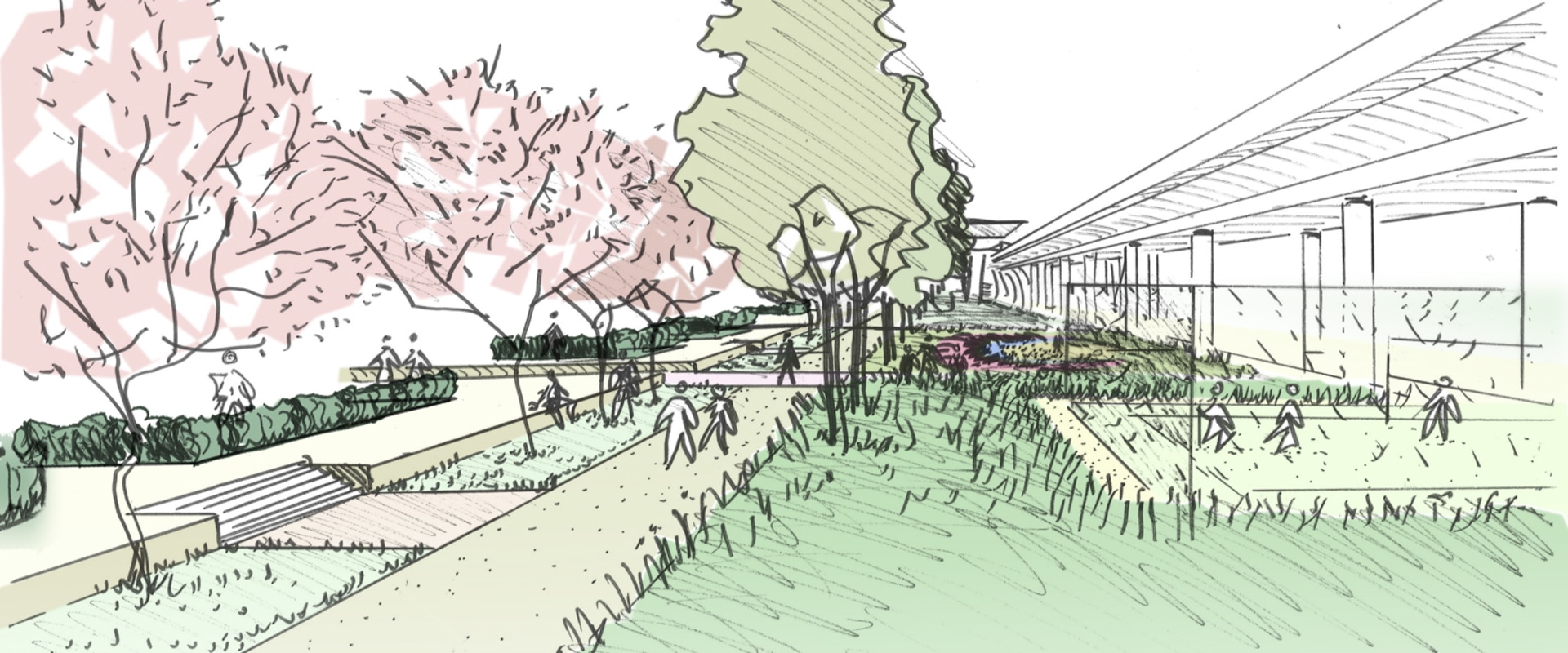
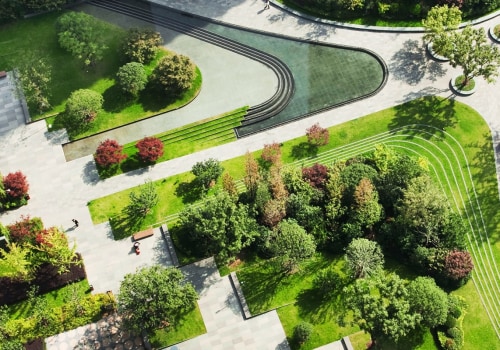
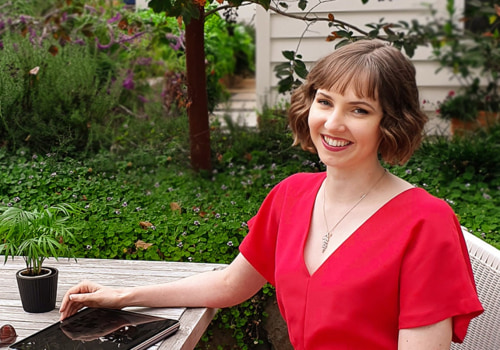
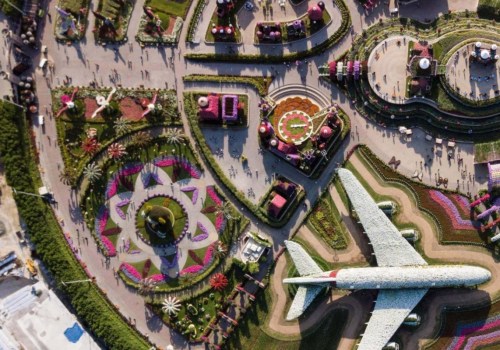
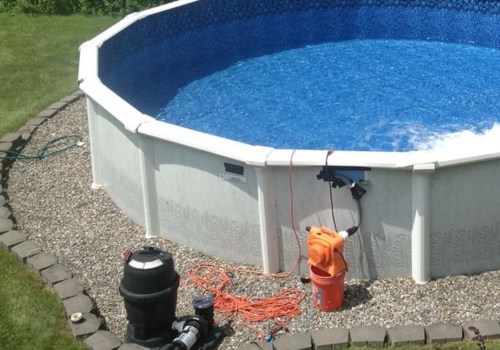
Leave Reply